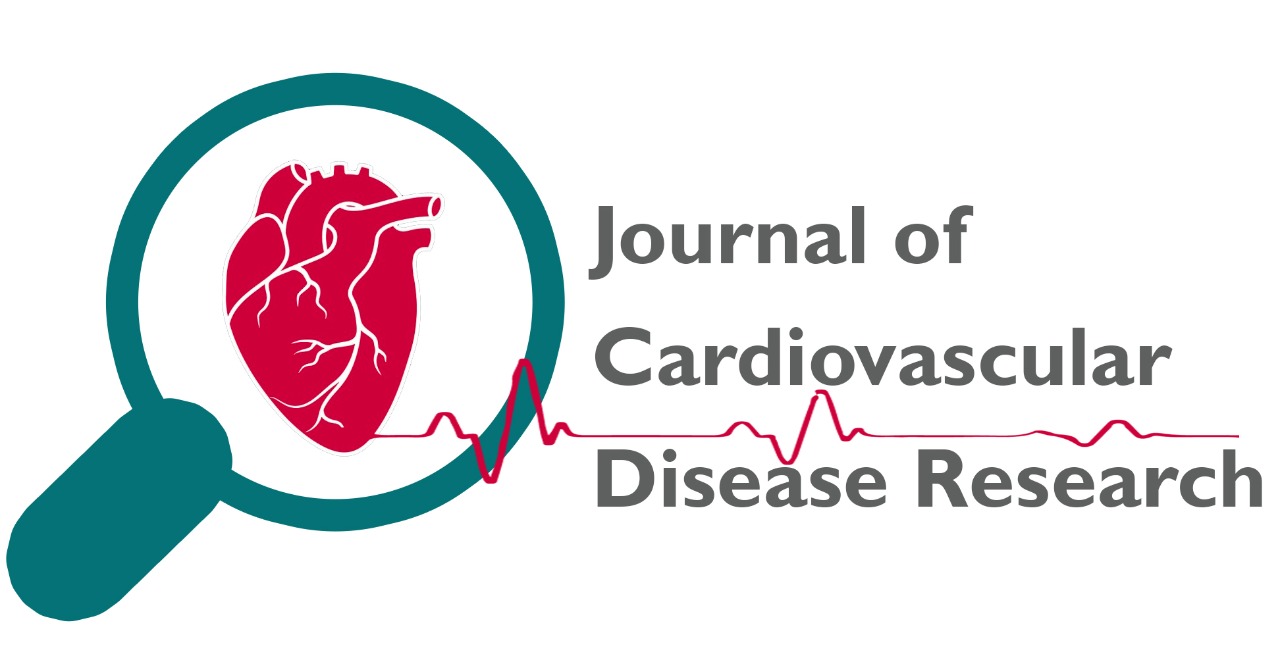
SUICIDAL CUTTHROAT INJURIES –A STUDY ON 20 CASES
Dr. PERLA AMBIKA, Dr. BHUPENDER SINGH RATHOD JATOH, Dr. KORLAKUNTA ANUPAMA, Dr. THATIPALLY DIVYA RANI
JCDR. 2023: 1492-1499
Abstract
Suicidal cutthroat injuries are self-inflicted injuries with sharp object either due to influence of alcohol or due to psychological depression, according to WHO every year 5 million people die due to injuries. Majority of victims are young males, 10 times more injuries are seen in zone 2 of anterior neck and most of the cases have superficial cuts. Mortality rate was 11.2% associated with postoperative complications. Aim: To see the influencing factors, depth of injuries, age, sex incidence, to see if surgical treatment, psychiatric treatment, or counselling would help in curing or treating the injuries. Materials and methods: Patients attending to Emergency department of tertiary care Centre with Suicidal cutthroat injuries (over anterior neck) were selected of above 15 years age group, admitted, counseled and treated by surgical and psychiatric evaluation followed as inpatient basis till complete recovery and outcome of injuries summarized. Results: Age and sex predominance noted with males, age between 26-35 yrs. predominating with in suicidal cutthroat injuries in this study. Zone II injuries >90% , deep injuries 25 %,laryngeal trauma 45 %, 50% of surgical debridement,30% of tracheostomy, 30 & 15% laryngeal and pharyngeal repair, 100% of cases on psychiatric treatment or evaluation and 75 % of recovery rate were calculated and postoperative complications 30 % . Conclusion: Suicidal cutthroat injuries are mostly observed in zone II region in the anterior neck. Interdepartmental collaboration of the Otolaryngologist, Anaesthetist and Psychiatrist is required in the effective management of patients with suicidal cutthroat injuries. It was observed that highest incidence of suicidal cutthroat injuries in 26-35 yrs. age group with male sex preponderance, mostly under the influence of alcohol and superficial injuries were common, mostly treated with surgical neck exploration with wound closure and with psychiatric treatment and evaluation, tracheostomy place an important role.
Description
.
Volume & Issue
Volume 14 Issue 5
Keywords
.
|
This is an open access journal which means that all content is freely available without charge to the user or his/her institution. Users are allowed to read, download, copy, distribute, print, search, or link to the full texts of the articles in this journal without asking prior permission from the publisher or the author. This is in accordance with the Budapest Open Access Initiative (BOAI) definition of open access.
The articles in Journal of Cardiovascular Disease Research are open access articles licensed under the terms of the Creative Commons Attribution Non-Commercial License (http://creativecommons.org/licenses/by-nc-sa/3.0/) which permits unrestricted, non-commercial use, distribution and reproduction in any medium, provided the work is properly cited. |
|
|
|
|
|
Copyright � 2022 Journal of Cardiovascular Disease Research All Rights Reserved. Subject to change without notice from or liability to Journal of Cardiovascular Disease Research.
For best results, please use Internet Explorer or Google Chrome POLICIES & JOURNAL LINKS
Author Login
Reviewer Login About Publisher Advertising Policy Author's Rights and Obligations Conflict of Interest Policy Copyright Information Digital Archiving & Preservation Policies Editorial Policies Peer Review Policy Editorial & Peer Review Process License Information Plagiarism Policy Privacy Policy Protection of Research Participants (Statement On Human And Animal Rights) Publication Ethics and Publication Malpractice Statement Corrections, Retractions & Expressions of Concern Self-Archiving Policies Statement of Informed Consent Terms of Use |
Contact InformationJournal of cardiovascular Disease Research,
|




